Art World
From Jimmy Carter to Hitler, 10 Politicians Who Tried Their Hands at Art
Plus Queen Victoria's secret sketches and the Albanian prime minister's activist art.
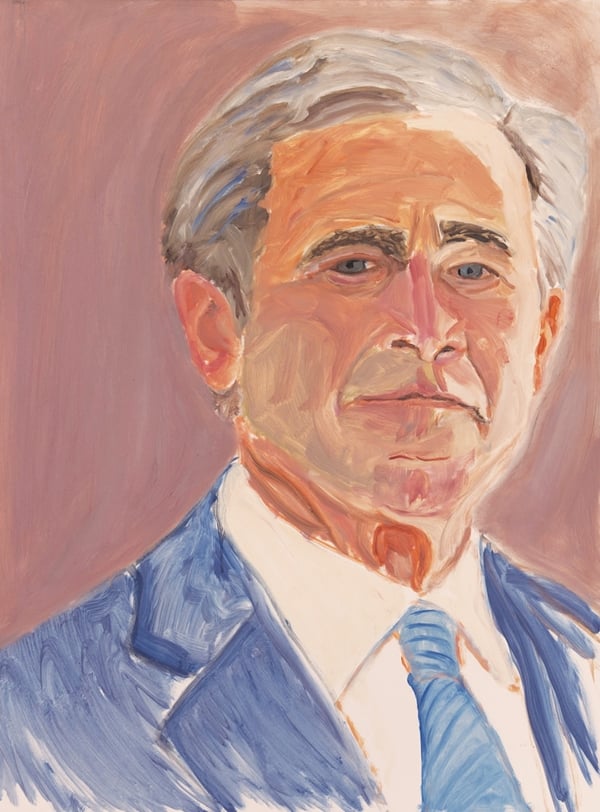
Plus Queen Victoria's secret sketches and the Albanian prime minister's activist art.

Cait Munro

George W. Bush
Bush is without a doubt one of the most buzzed-about politicians who paint, and for good reason. When a hugely controversial former United States president stops war-mongering and starts painting, people take notice. In 2012, two self-portraits went viral after a Bush relative’s email was hacked, putting what Roberta Smith referred to as Bush’s “unsettling talent” on display. His current show at his namesake presidential museum in Dallas, which coincided with the Dallas Art Fair, features over 30 portraits of world leaders, including Tony Blair and Vladimir Putin. He reportedly sourced the images he painted using Google and Wikipedia, often using the first image he found.
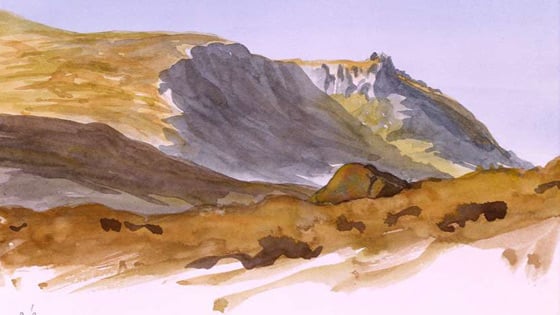
Prince Charles, View of Beinn a’Bhuird, Cairngorms (1991).
via princeofwales.gov.uk.
Prince Charles
The Prince of Wales has created scenic watercolor landscapes of locations worldwide, including Australia, Jamaica, Asia, and of course, the Royal Gardens. He was recently the subject of a documentary entitled Royal Paintbox, which aims to reveal the artistic side of the UK’s royal family.
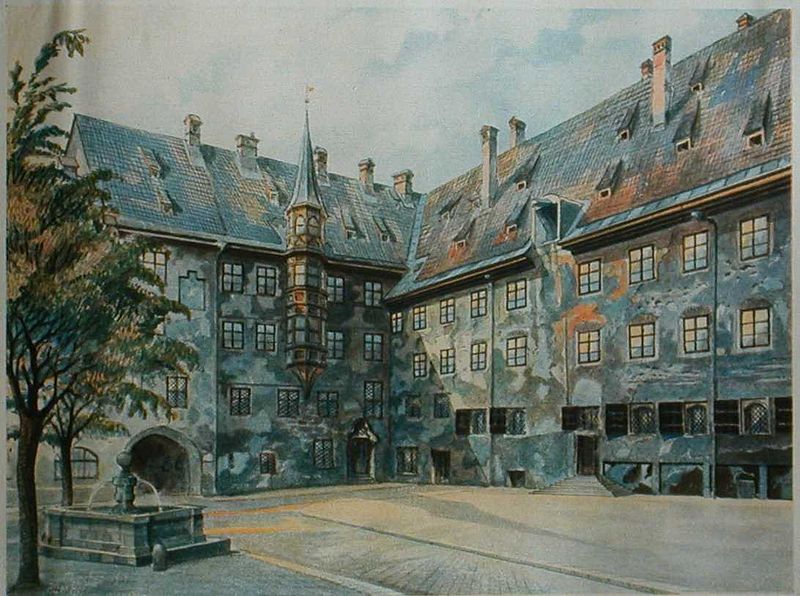
Adolf Hitler, The Courtyard of the Old Residency in Munich (1914).
Originally from: Adolf Hitler: Bilder aus dem Leben des Führers.
Adolf Hitler
Despite the fact that he spent much of his political career labeling certain artworks “degenerate,” in his autobiography, Hitler discusses his deep interest in art and his desire to become a painter, revealing that he applied to and was rejected twice by the Academy of Fine Arts in Vienna. Later, he sold illustrated postcards featuring scenes of the Austrian city. Oddly, most of Hitler’s works depict serene outdoor scenes, architecture, and still lifes, with little suggestion of the monster he would become, at least on the surface. While one can only speculate how differently things might have turned out had Hitler been accepted to art school, there is apparently a market for his work today.
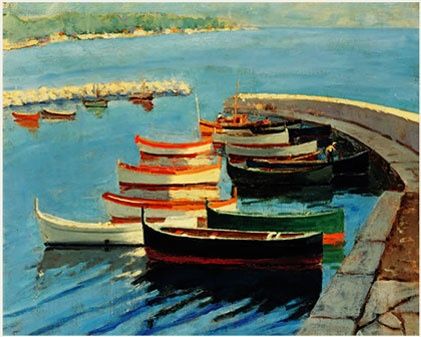
Winston Churchill, A Study of Boats (1933).
via Pictify.
Winston Churchill
Cited by Bush as a major artistic influence, Sir Winston Churchill’s works have been known to fetch serious cash at auction. Churchill’s paintings were mostly landscapes, portraits, and still lifes, and he famously used painting as a means to escape falling into depression, or the “black dog” as he called it.
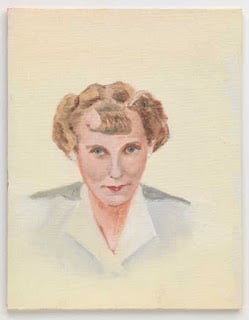
Dwight D. Eisenhower, Portrait of Mamie (1952).
Dwight D. Eisenhower
During his time as Columbia University president, before moving into the Oval Office, Eisenhower observed artist Thomas E. Stephens painting a portrait of his wife, Mamie, and became curious about art. Later, Stephens sent him a painting kit, which he tinkered with, though he did not become serious about the hobby until years later. Eisenhower also claimed to be influenced by Churchill in his decision to take up the paintbrush. While he produced over 250 known works in his lifetime, Eisenhower never took it too seriously. In a conversation with reporter Richard Cohen, after being asked about the symbolism in one of his pieces, he replied: “Let’s get something straight here, Cohen. They would have burned this [expletive] a long time ago if I weren’t the president of the United States.”

Jimmy Carter, Our Mountain Home.
via Carter Center.
Jimmy Carter
Yet another US president who paints, Carter has publicly complimented George W. Bush on his achievements at the easel, saying that “he does very interesting work.” Carter, too, began painting after leaving the White House. He also pursues woodworking and wine-making as hobbies, but it is his paintings that sell for up to $250,000. All the profits from his sales go to benefit the Carter Center, which works towards the alleviation of homelessness, hunger, and disease.

Brightly colored buildings in Tirana, Albania.
Photo: David Dufresne/Flickr
Edi Rama
Unlike many presidents on this list, the prime minister of Albania was an artist before he became a politician, with exhibitions in Paris, Berlin, and Brazil. In 2012, when he was mayor of Tirana, Albania, he used his artistic sensibilities to breathe life into a city that was struggling, initially painting a single grey building bright orange. When he set out to paint more buildings in vibrant shades, he was met with resistance from several other countries in the European Union, but he pushed back. He said of the project: “When colors came out everywhere, a mood of change started transforming the spirit of the people… People started to drop less litter in the streets. They started to pay taxes.”
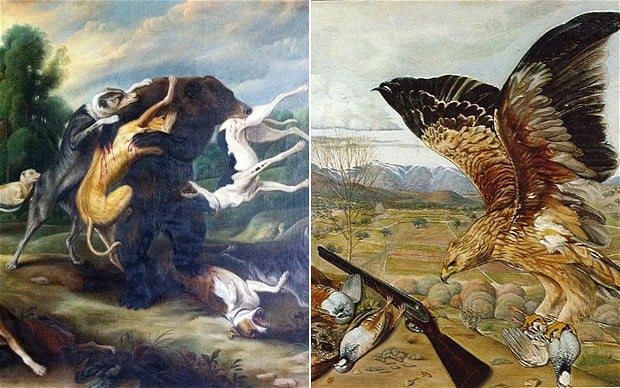
Two paintings by Francisco Franco.
via EPA.
General Francisco Franco
Like Churchill, the fascist dictator Franco used painting as a way to unwind, and his grandson revealed that “he would regularly lock himself in his study after dinner to spend time painting.” His hyperrealistic, often-violent paintings are about what you would expect, but he also produced a few quiet landscapes and a portrait of a very regal-looking owl.
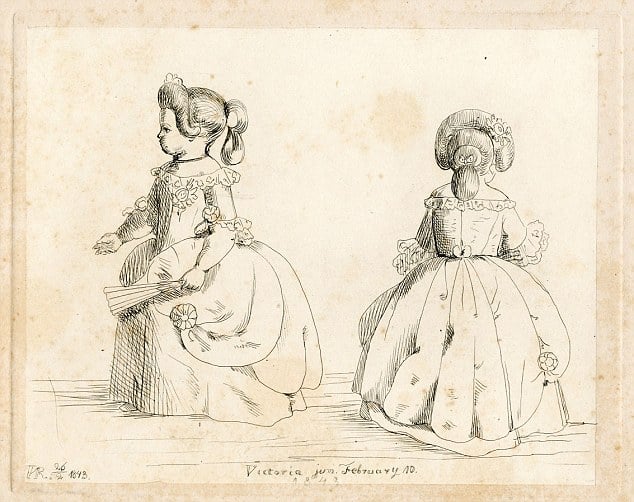
A Queen Victoria sketch from 1893.
Photo: Dominic Winter/SWNS.
Queen Victoria
Queen Victoria sketched intimate portraits of her family and friends that she never expected or wanted the public to see. When a journalist leaked them in the 1840s, she took him to court in what is one of the earliest examples of a public figure going after the media. However, in 2012, her drawings were auctioned at Dominic Winter Book Auctions, giving the public an opportunity to view them. They are sweet sketches of her daughter at bath time and in her royal finery, and display a talent that few people were aware that the Queen possessed.
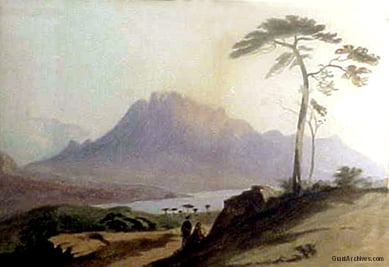
A painting by General Grant, produced in 1840.
via granthomepage.com.
Ulysses S Grant
Grant began painting when he was a cadet at West Point, and many of his paintings from this period still exist today. While at West Point he studied painting under Romantic artist Robert Walter Weir. Most of his works are watercolors, and depict landscapes and horses.